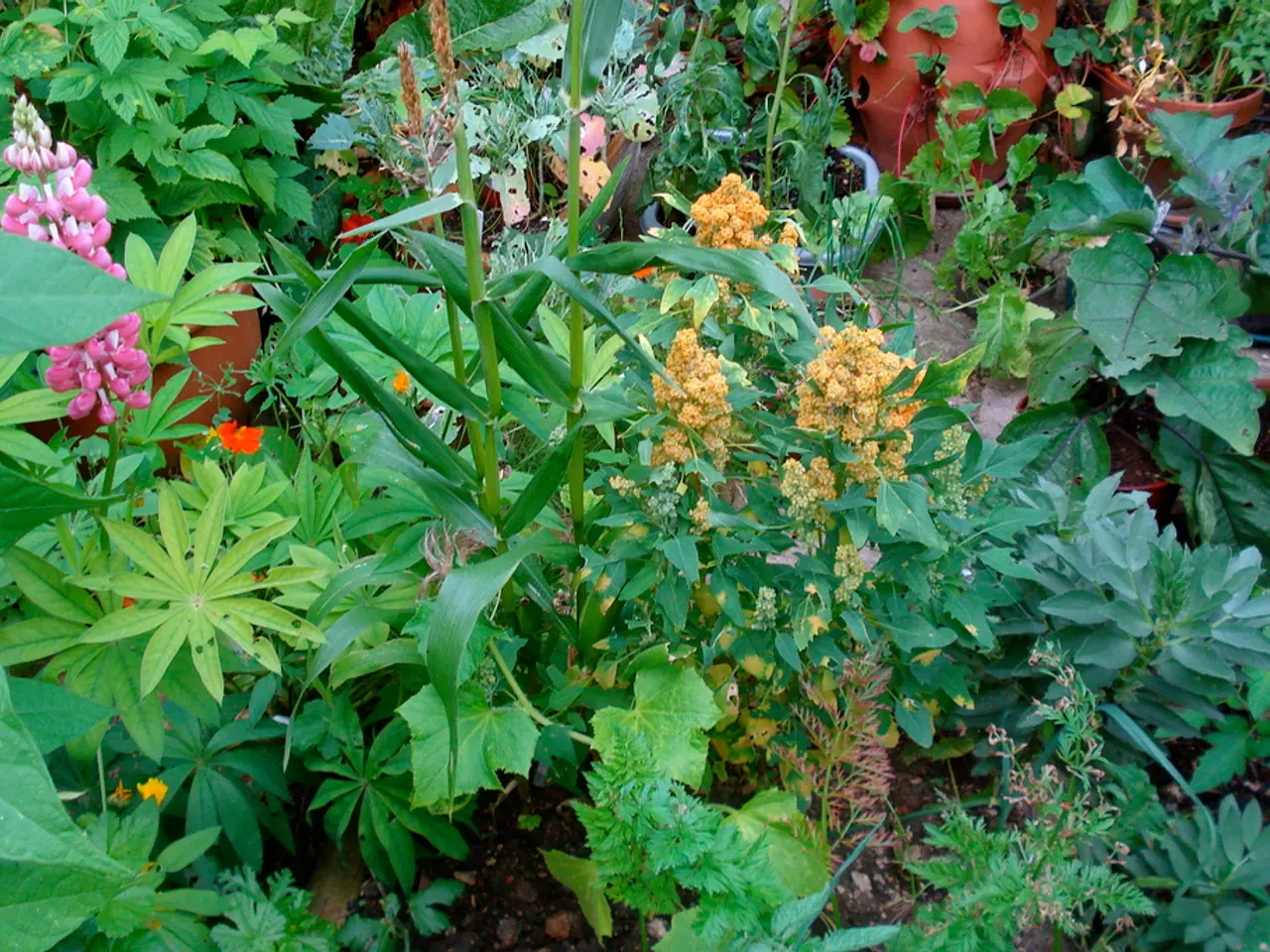City gardening within urban environments: Transforming balconies and yards into verdant sanctuaries
In the heart of cities, a green revolution is blooming. Urban gardening is transforming urban landscapes, making them greener, more livable, and sustainable. For beginners embarking on this exciting journey, focusing on plant selection and smart container usage can lead to a thriving urban garden.
Begin by choosing easy-to-grow, space-saving plants. Opt for resilient, fast-growing plants that do well in containers and limited space. Good beginner plants include cherry tomatoes, lettuces, spinach, peppers, radishes, herbs like mint, chives, and basil, as well as edible flowers such as nasturtiums and violets. These plants are forgiving and well-suited for urban conditions.
When selecting plants, consider light availability. Urban gardens often have limited sunlight. Choose plants that either need full sun (at least 6 hours a day) or shade-tolerant varieties if sunlight is restricted.
To maximize space, use vertical gardening techniques. Wall-mounted planters, hanging pots, or multi-tiered shelving can optimize limited balcony or patio areas. This approach allows planting herbs or flowers below and vining plants above, such as beans, cucumbers, and tomatoes.
Ensure every container has adequate drainage holes to prevent waterlogging, which can harm plant roots. The holes must be large enough to allow excess water to escape efficiently. Portable or mobile planters enable you to move plants for optimal sunlight exposure or shelter from harsh weather, improving plant health in changing urban microclimates.
Use quality, organic soil specially made for container gardening to ensure healthy growth and avoid harmful pesticides. Consider innovative container styles like herb spirals, vertical farms, or stackable pots to save space and create efficient watering and maintenance routines.
Natural fertilizers like compost or coffee grounds provide additional nutrients and are environmentally friendly. Tomatoes and bell peppers require more care but offer rich harvests. Special substrates for raised beds or herb mixes are crucial for plant growth. Old wooden crates, metal tubs, or discarded buckets can be repurposed into individual planting containers.
For those with larger spaces, berry bushes and dwarf fruit trees can thrive in large pots. A DIY watering system can be created using glass bottles turned upside down and inserted into the soil. Advanced gardeners can try more demanding plants that require attention but offer abundant yields and impressive growth.
Shady areas can be utilized with plants like spinach, mint, or Swiss chard. Community gardens are on the rise, promoting biodiversity and neighborhood cohesion. Urban gardening is more than an aesthetic project; it offers the opportunity to grow fresh produce, foster sustainability, and strengthen social connections. So, why not join the green movement and start your urban gardening journey today?
Start your urban gardening journey by selecting easy-to-grow, space-saving plants that are suitable for home-and-garden containers, such as cherry tomatoes, lettuces, spinach, and herbs like mint, chives, and basil. To make the most of limited space, consider using vertical gardening techniques with wall-mounted planters, hanging pots, or multi-tiered shelving, and natural fertilizers like compost or coffee grounds for a sustainable living approach.




